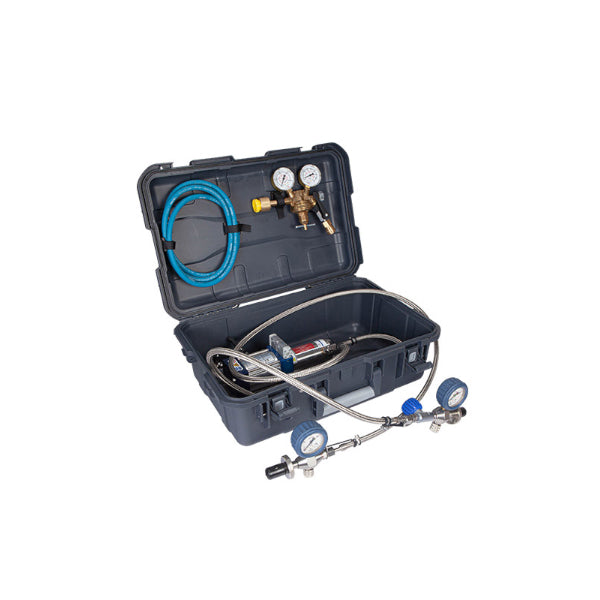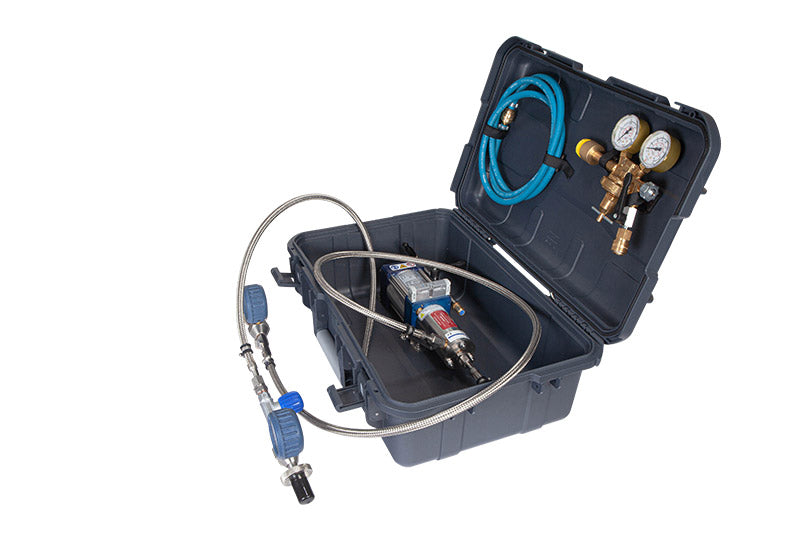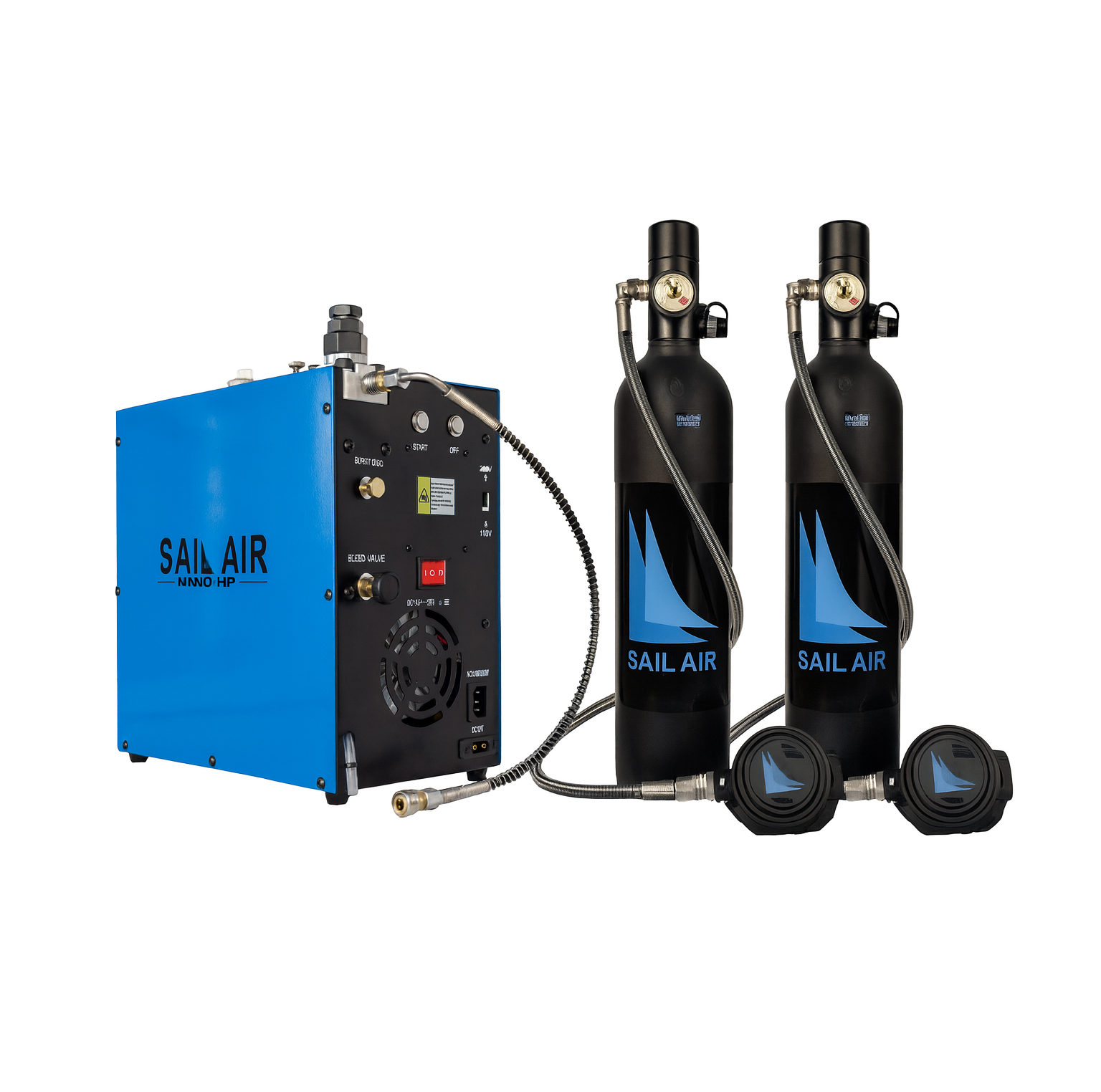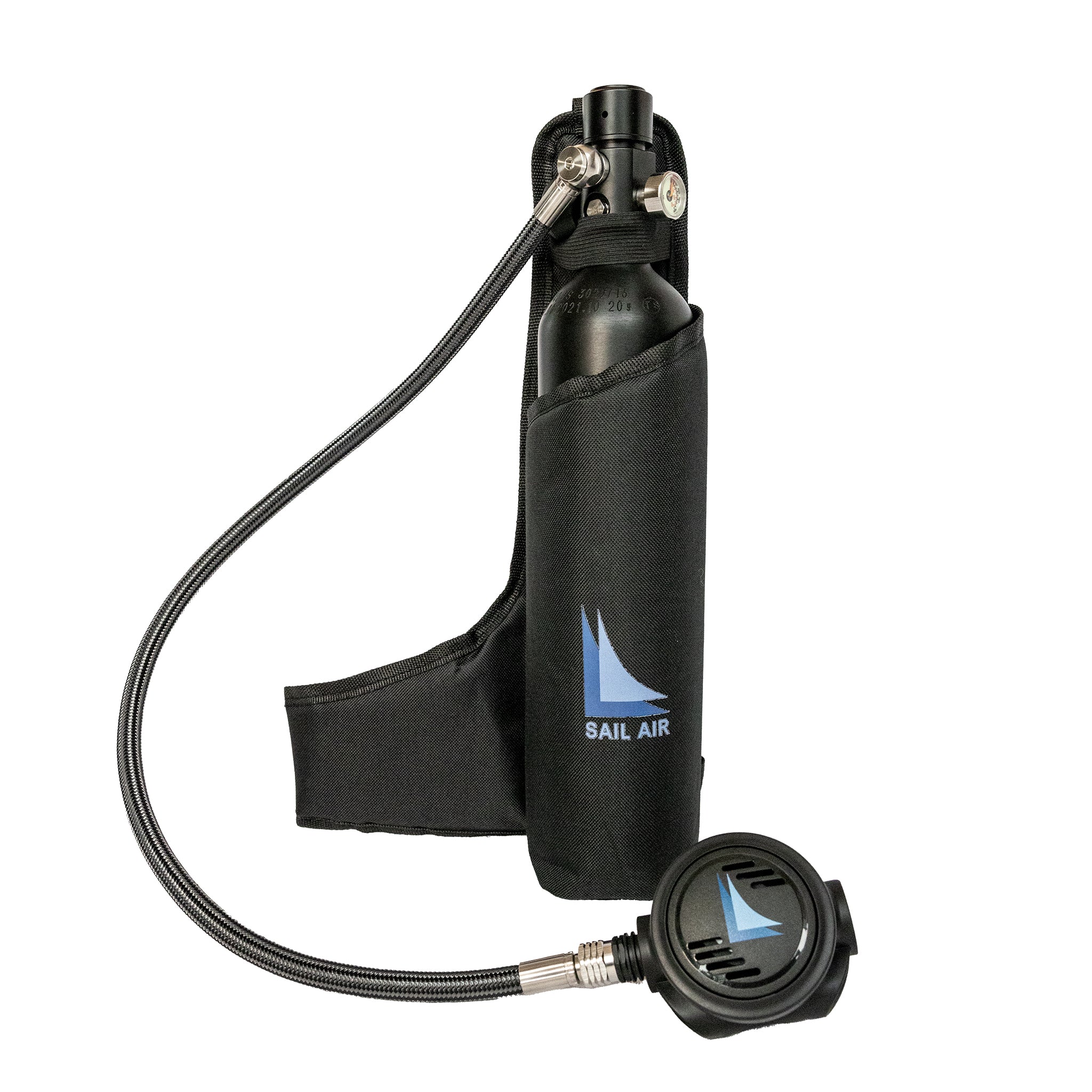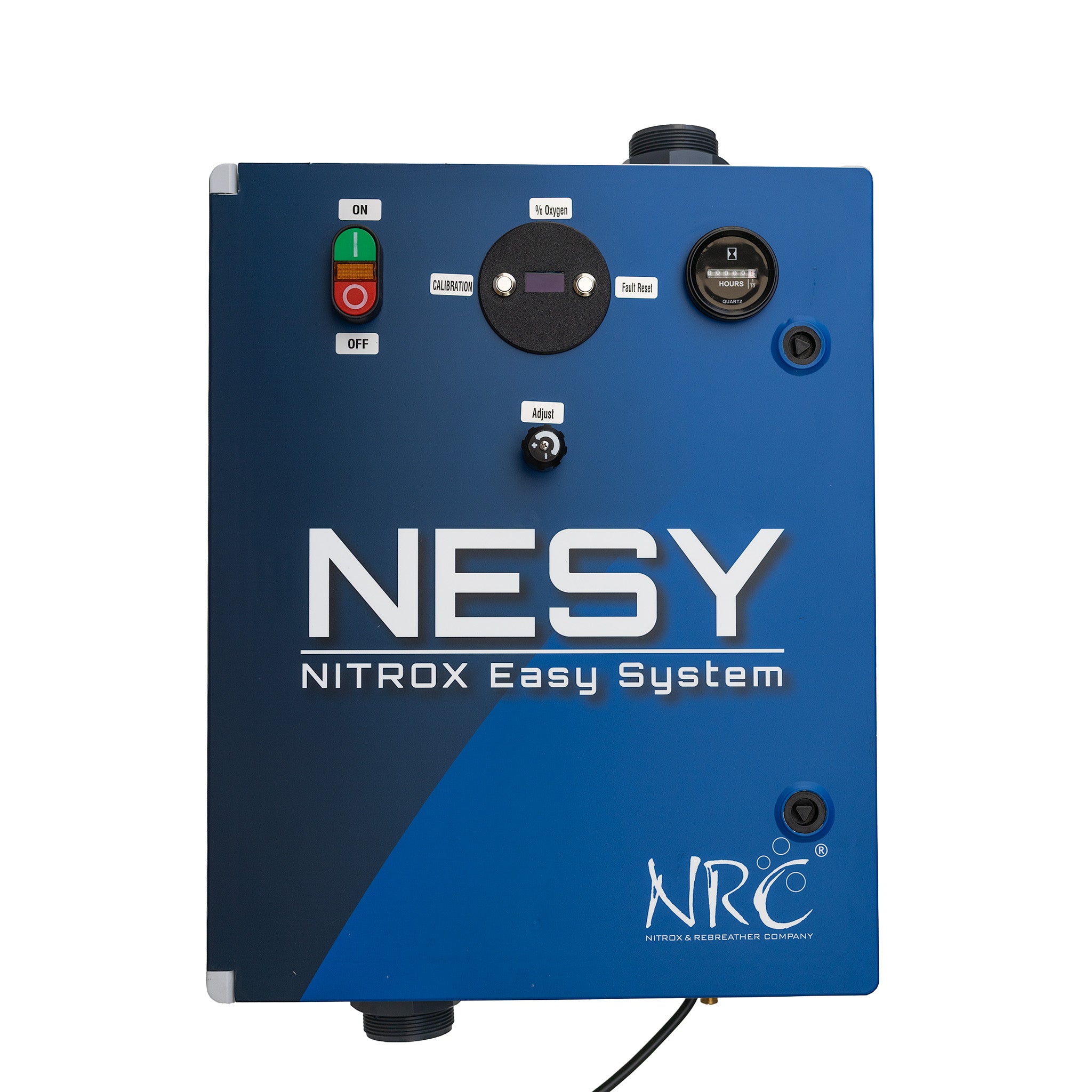How do you usually mix your oxygen for diving? Every dive shop seems to have its own way, some are a bit old-school and need more effort, while others make the process feel easy and stress-free.
In this guide, we’ll take a closer look at the two main ways of making Nitrox and see which one really makes sense for safety, efficiency, and everyday diving life.
What is Nitrox?
In scuba diving, Nitrox, often called Enriched Air Nitrox (EANx), refers to any nitrogen–oxygen mix with more than the 21% oxygen found in regular air.
By breathing this higher oxygen content, divers can stay underwater longer without hitting their no-decompression limits and can also shorten their surface intervals. That is why Nitrox has become the most popular specialty gas in recreational diving.
What Is Partial Pressure Blending?
A Nitrox membrane system changes how Nitrox is made. Instead of blending each tank by hand, it creates Nitrox automatically in a steady flow. The trick is not adding oxygen but removing some of the nitrogen from normal air.
Here’s how it works:
-
A low-pressure compressor pushes air into the system at about 10 bar.
-
The air first passes through a refrigerant dryer, which removes moisture.
-
It then goes through a three-stage filter: a pre-filter, an activated carbon filter, and a fine 0.01-micron filter that clears out any remaining particles.
-
The clean air reaches the membrane. Here, nitrogen molecules are separated out, leaving behind oxygen-rich air. An adjustment valve fine-tunes how much nitrogen is removed, letting you control the final oxygen percentage.
-
Finally, the enriched air (Nitrox) is sent to a high-pressure compressor, which fills scuba tanks or a storage bank.
Because this process happens at low pressure, there’s no need to handle or store pure oxygen at high pressure. That makes membrane systems safer, simpler, and more reliable.
Now, let’s see what Stefan, our product development director, has to say about a Nitrox Membrane System:
Which One is Safer?
|
Aspect |
Partial Pressure Blending |
Membrane System |
|
Oxygen Handling |
Uses pure oxygen at high pressure, so careful handling and oxygen-clean equipment are needed. |
Works at low pressure (around 10 bar / 145 psi), no high-pressure oxygen required. |
|
Risk Level |
Safe when done correctly, but it needs strict procedures and attention to detail. |
Lower built-in risk since no pure oxygen storage or decanting is involved. |
|
Staff Training |
Needs trained gas blenders and precise procedures using Dalton’s Law. |
The equipment is described as quick and easy to operate; training requirements are not specified. |
Operational Efficiency
The biggest difference between the two systems is how they keep up with daily diving needs.
Partial pressure blending
This way makes Nitrox one cylinder at a time. Each tank requires close attention from a blender, and the process can take some time before the cylinder is ready to use.
For a small number of fills, this works fine, but it quickly becomes a bottleneck when dozens of tanks are needed.
Nitrox Membrane System
By contrast, a membrane system produces Nitrox in a continuous flow. Instead of preparing each tank individually, the system enriches air automatically as it runs, allowing multiple cylinders to be filled back-to-back at the same speed as regular air fills.
For busy dive centers or a liveaboard, this difference is huge. A continuous supply means divers are not left waiting between dives, staff spend less time tied up at the blending bench, and the operation runs with a smoother rhythm.
Why Dive Operators Choose Membrane Systems
Partial pressure blending still has a role, especially when divers need very specific mixes for technical dives. But for most dive centers and liveaboards that fill tanks every day, membrane systems are the smarter choice.
By choosing a membrane system, you make your dive operation safer, more reliable, and easier for staff to manage. Divers get consistent Nitrox on time, and your team can focus more on delivering great dive experiences rather than worrying about gas logistics.
If you are ready to simplify your Nitrox production and improve daily operations, NRC’s Nitrox membrane systems are designed for professional dive operators like you.
Explore NRC’s Nitrox systems to find the right solution for your dive center!
Frequently Asked Questions
Do I need an oxygen bank for a membrane Nitrox system?
No. This is one of the biggest advantages. The system generates Nitrox on demand from the surrounding air, completely eliminating the need to purchase, store, or handle high-pressure oxygen cylinders.
Can membrane systems produce Nitrox up to 40% O₂?
Yes. Most commercial membrane systems, including NRCs, are designed to produce Nitrox with oxygen percentages up to 40%. This range covers nearly all recreational and most technical diving applications.
What if I need higher oxygen mixes for technical diving?
For oxygen mixes higher than 40%, partial pressure blending is still required. Many technical dive centers use their membrane system to create a base mix, often EANx32 or EANx36, and then partial-pressure blend from there to reach higher oxygen levels. This approach reduces how much pure oxygen they need to handle and store.

